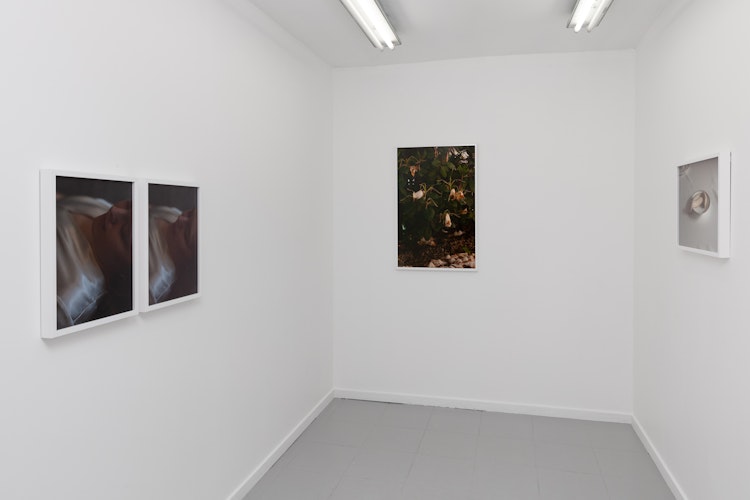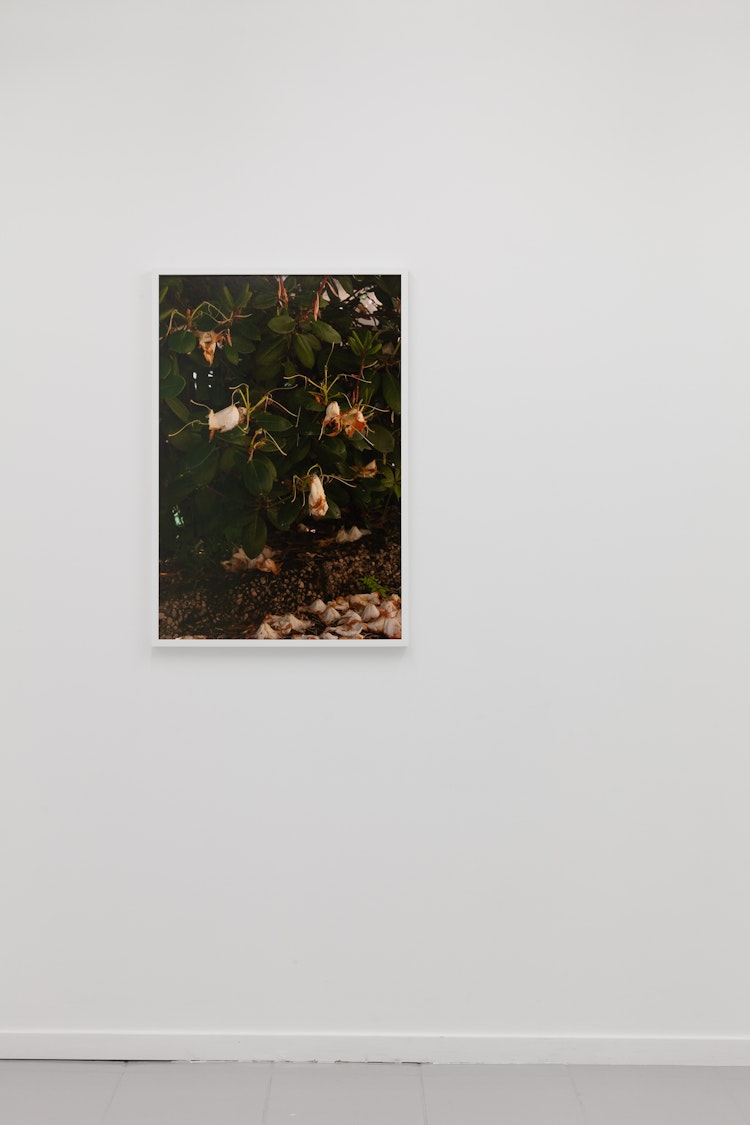QB in conversation with Geir Moseid


In relation to the exhibition Our Other Room with Geir Moseid on view in Kuben from August 31st to October 1st, we asked him some questions regarding his artistic practice, his new works on view and what his thoughts are on photography in contemporary times.
/1
QB: In your series Plucked, you talk about the duality around the concept of the home - a place that can evoke ambivalent feelings, both as a safe and comfortable space, and as a space that can feel like a cage from which it is difficult to escape. In the photographs on view in Our Other Room, what is the role of the home?
GM: The home and the everyday are essential in most of my work, as I find them both to be great starting points. Most people have memories from a home and therefore it hopefully opens up room for interpretation in the viewer, where they can use my images as a catalyst to reflect upon their own life and the life of others. The threshold between private and public space often shifts our behavior, for better or for worse, which underpins what I attempt to take aim at; our unpredictable doings towards each other and how that affects our lives.

/2
QB: Are there any biographical elements in your photographs?
GM: Yes, most things spring out of things I experience, see or consider important from a social perspective. And for Our Other Room I wanted to work around communication and how it has a real sense of ambiguity. Too much is often left unsaid, and photography is a great vehicle to address this aspect as photographs usually are very mute.
/3
QB: Your attention to detail is a fil rouge in your past and present work. You shed light on ordinary things such as a piece of falling wallpaper, flowers losing their petals, half closed curtains. These are elements that may not be captured by the common eye in today's life’s frenzy, leaving no time to give attention to such apparent everyday things. How do you relate to our fast-moving society and in what way do you feel your images are to be part of this?
GM: I yearn for a concentrated eye, one that wants to spend time with my images as I hope they can be seen in multiple ways. And even though one can say that about most images, I strive for a sense of uncanniness in how I build my ideas, where a beautiful surface is counterpointed by a more ambiguous narrative, body language or scene. Hopefully that leaves room for a more interesting experience, where situations, relationships and social aspects are assessed.


/4
QB: In your artworks, what is the relationship between text and photography? Do you think words can help the viewer understand an artwork, or should the image speak for itself?
GM: It’s two different languages and I love combining them - it gives food for thought. It can fuck with the mind. And as we know, you can’t escape the mind. So text and titles can make or break the work, no doubt.
Sometimes images need a context, other times a text or titles can totally alter how you perceive and evaluate images. I am not a writer, so I enjoy letting other people add words to my work, be it in a book or for a show. It brings new layers, ideas and thoughts that are new to me, which I learn from. But this time around I felt this particular edit needed some breathing space so I left it silent. Our Other Room has a lot to with what we hide, both within our homes, our bodies and our minds.

/5
QB: When photography was born, Charles Baudelaire argued that it would lead to the death of imagination, art and in particular painting, which as we know did not happen. On the contrary, it provided an extra push for artists to experiment with new ways away from figurative representation. We could say that the same thing is happening with artificial intelligence today. If it is possible to recreate photographic images through AI technology in a way that is increasingly accessible to anyone, in what direction do you think contemporary photography could go?
GM: I am hesitant to answer because I haven’t given it much thought, but for the art scene I think there are some interesting stuff being made, by Charlie Engman for one. But there are major ethical and moral dilemmas, and we will certainly see a lot of abusive and speculative work and usage, but I believe that most of it will surface outside of the art scene. Having said that, it will still be very harmful for those involved. People walk around with different ethics and boundaries, an aspect that points back to my work and why I am so intrigued by our living spaces, where people make wrong decisions behind closed curtains. My work aims to remind people not to be that person.
Geir Moseid (b. 1978, Tønsberg, NO) is a Norwegian photographer living and working in Oslo.
Since graduating from London College of Communication in 2008, Moseid has been working on multiple photographic series, operating at the point where documentary practice and staged photography meet.
By working with a 4x5 inch camera Moseid aims to challenge how one can talk about and discuss social, anthropological and economical issues in contemporary photography. A focus on colour, texture and human relationships of various kinds forms the base of his practice, while the narrative elements within the work often remains open and ambiguous.
Moseid is acquired by the Equinor Art Programme, Haugar Museum of Contemporary Art and the University of the Arts London and has won awards in England and Germany for his talent.
What are you looking for?